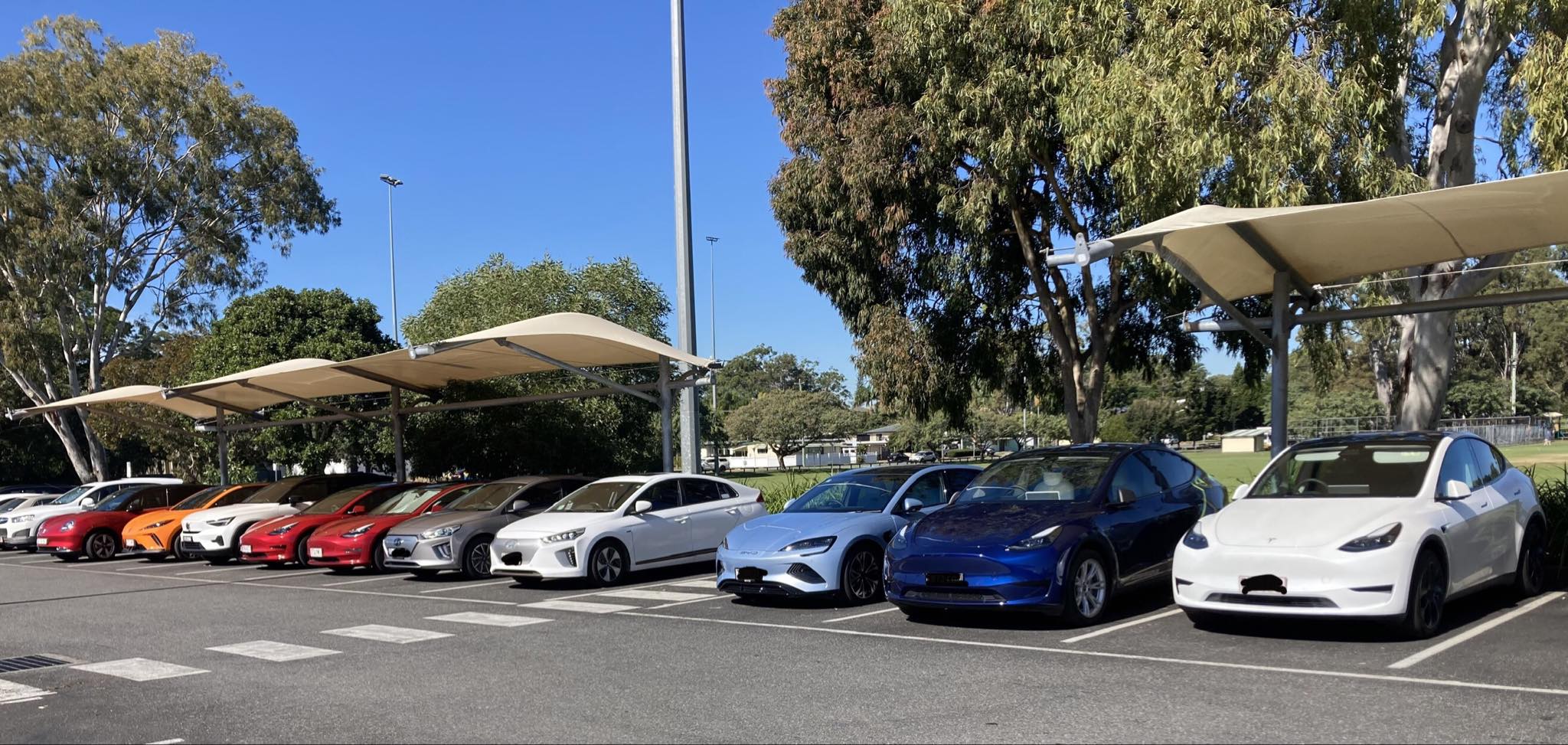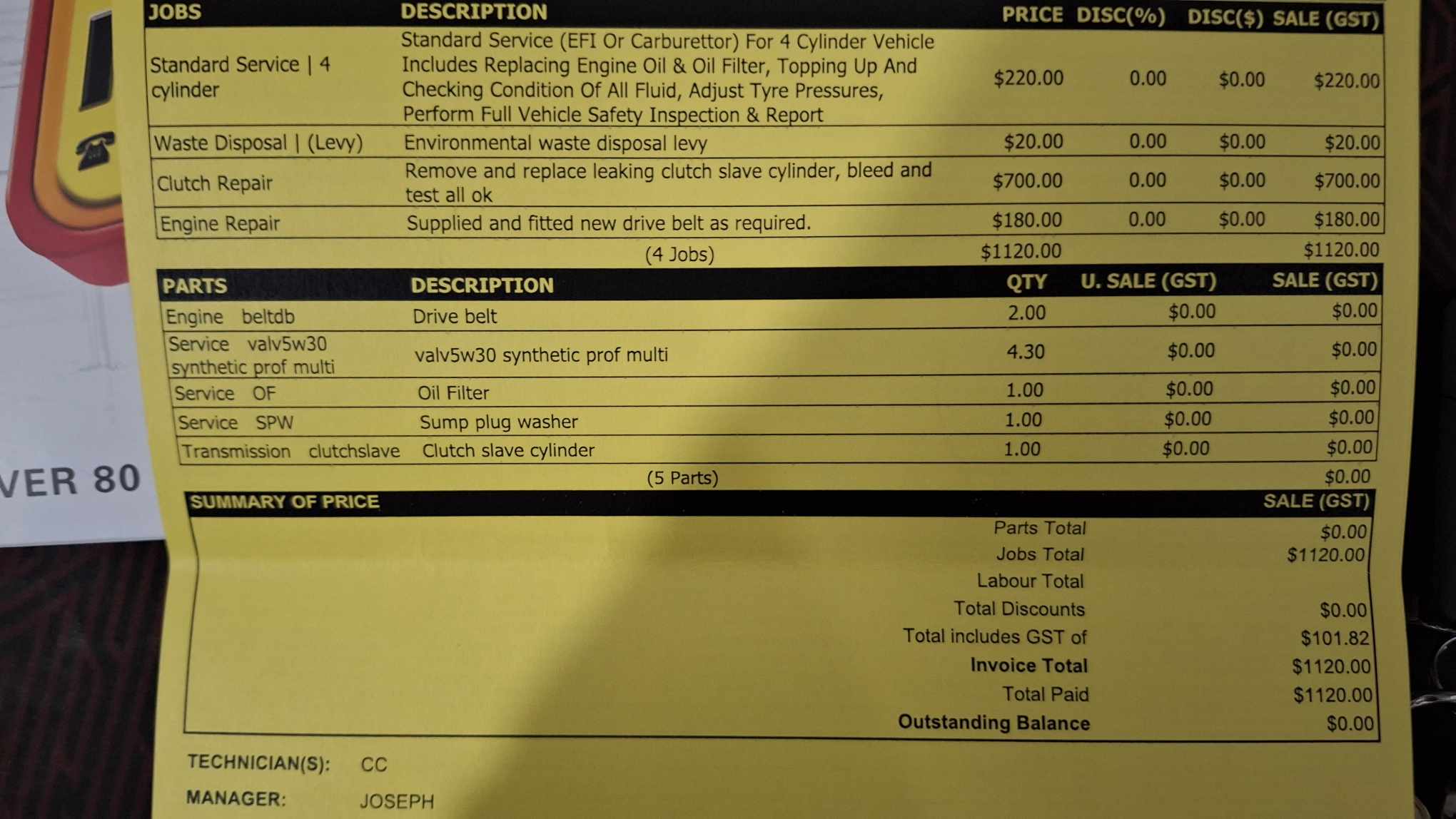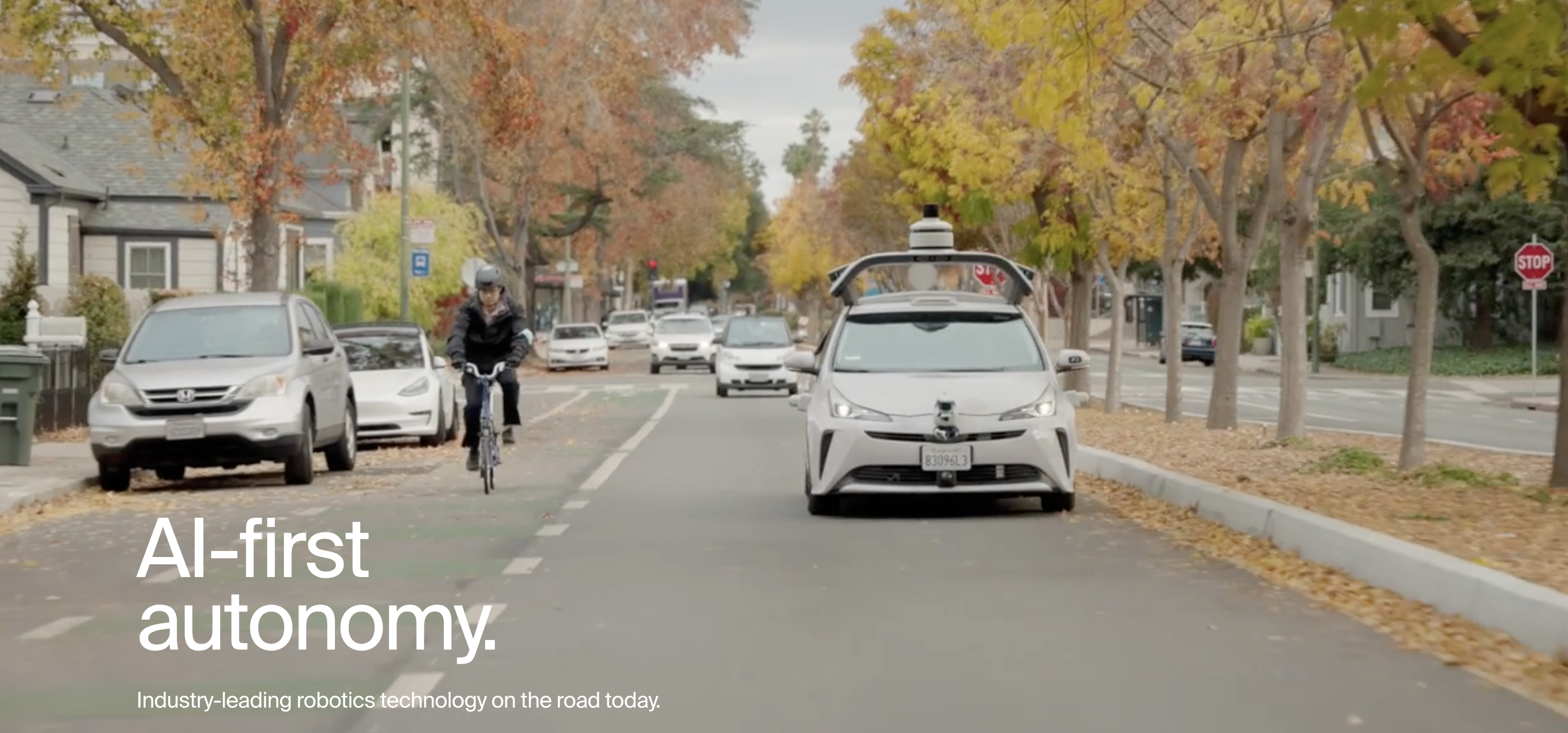Sign up for daily news updates from CleanTechnica on email. Or follow us on Google News!
My experience watching the transition from fossil fuelled transport to electric vehicles has taught me that there is always some basis for the FUD. A quoted statistic, that 1 in 3 drivers are supposedly giving up on EVs and going back to petrol, has some truth. However, what I usually find is that there are extenuating circumstances and it is always exaggerated. I doubt that the recidivism rate has ever been as high as 30%, and it’s more likely around 3%. But in the muddy waters of mainstream media, it is always difficult to find out what is actually going on.

Searching Quora reveals several anecdotes from people who have given up on EVs. The most common reasons appear to be: range anxiety, charging inconvenience (not enough high-speed chargers, apartment living), or choice — can’t fit my dog, children, etc. into my Nissan Leaf.
Here is a typical post from four years ago: “The Leaf was a rather early model, and had only 136 HP of power. For different reasons I am now driving an ICE car with approximately 300 HP. It shouldn’t even be a contest, right? In real life city traffic (up to 40 mph/70 kph) the Leaf was so much faster than my current car. Remember, the electric drivetrain can react in milliseconds. A normal engine needs a full second, maybe even two, to get up to the right rpm, figure out which gear to use, etc. I feel like it takes forever. When the gaps are opening and closing in traffic, it feels like I am driving around in a huge truck in comparison to my ‘old’ Leaf. If I ever will buy another car, I will stretch far to make it an electric one.”
What is common amongst these stories on Quora is that they are old. Some over 4 years. That is almost neolithic considering the rate of development of electric vehicles. My Tesla Model 3 is 5 years old and I refer to it as an antique. The other commonality is that all of these problems have been solved in the most part. Most new EVs have ranges over 400 km; high-speed chargers are springing up all over the place; kerbside charging solutions abound (kerb charge is just one example); and if you want to transport a soccer team or a Great Dane, you can always buy a Kia EV9. Bear in mind that most of the BEVs on the road today did not exist 3 years ago.

This current article was inspired by my good friend Arthur Hunt, who shared this example of what happens when you transition back to a petrol car, when you are used to driving electric:
“I am currently house sitting with my wife in Sydney for relatives who have also kindly left their car for us. However, driving a petrol car in the city, even an automatic, provides a sharp contrast to driving our Tesla at home. What have we noticed? We need a key to unlock the car and start it. We have to release the parking brake before driving away. We have to take our left hand off the steering wheel to change gears. The engine speeds up and slows down as the gears change. We have to use the foot brake to slow the car down.
“The engine keeps on idling when we are stopped at traffic lights. The air conditioning won’t work if we turn the engine off. We have to check our speed frequently as there is no adaptive cruise control. We can’t reclaim any energy when we coast downhill. We will have to visit a service station to refuel. We will have to check the engine oil and water before we go on a longer trip. With the petrol price in Sydney at $2.28, it is no wonder we are seeing lots of EVs.”
You will be glad to know that Arthur is safely back at home in Regional Queensland with his Tesla.
So, are drivers going back to petrol after driving EVs, and if so, how many? I would doubt if this phenomenon is occurring in Norway. However, there may be some truth in it in other less mature markets.
A survey conducted in the UK in March 2024 by Top Gear found: “In the UK, a survey of 1,619 EV drivers in Britain conducted by the Electric Vehicle Association (maybe it has an agenda but the data is real) found that 91 per cent of respondents with a driveway wouldn’t go back to combustion, and even 88 per cent of those who have no driveway — and so overwhelmingly have to public charge — also said they wouldn’t go back. Overall, it’s 91 per cent wouldn’t go back, six per cent don’t know and just four per cent definitely would go back.” That’s a figure that makes sense to me.
Then there was this incredible claim from McKinsey: “… 46 percent of EV drivers in the U.S. said they’re likely to go back to a traditional engine in their next vehicle. Across the globe, the biggest concern for the consumers was not the cars themselves, but the inadequate public charging infrastructure where they live, which could leave them stranded on the road, especially on long trips. The cost of upkeep and maintenance is also an obstacle that many EV owners struggle to overcome. He acknowledged that part of the problem is that charging stations are often hidden from view, leaving drivers struggling to find a place to plug in. ‘Part of availability is visibility,’ he said. ‘You can’t keep chargers hidden behind a Walmart.’” [Editor’s note: This figure doesn’t seem to make any sense. The majority of EVs sold in the US have been Teslas, and the vast majority of Tesla owners have said they’d buy another Tesla again, or at least another EV. It seems like something was lost in translation here. —Zach]
Hidden chargers shouldn’t be a problem for those driving EVs that tell you where the chargers are, or for mobile phone users with the PlugShare app. People not driving EVs already could be forgiven for thinking that there aren’t any chargers around. Education is definitely needed. But 46%, come on!
Cost of upkeep and maintenance. Love to know the details on this. A family member recently had his old Mazda 3 serviced and graciously shared the invoice with me. A standard service cost him AUD$240 — including oil disposal. Most of the work that had to be done was on parts that do not exist on a BEV. They even stung him with AUD$25 to replace his wiper blades. Yes, I know that BEVs have wiper blades and they have to be replaced. My Tesla Model 3 had the wiper blades changed in my drive way for AUD$17.

An article discussing the McKinsey report on Teslarati received over 150 comments, most of which were sceptical, some questioning the bias of questions. Some suggested that since Tesla has half the market, those wanting to go back to petrol were the non-Tesla owners. Other surveys indicate that 90% of Tesla owners would buy another Tesla. Others thought that perhaps those surveyed didn’t even own an EV. The question was asked who paid for the survey? Perhaps it was funded by the oil companies? Is it just a carefully curated sample of culled data to satisfy the desires of those who paid McKinsey to do the work?
It would be great to see further surveys — I would expect there would be conflicting results depending on the geographical area and the survey sponsor. More muddy waters or a mature discussion? One can only hope. So far, I see no evidence of a mass defection of drivers giving up on EVs.
Have a tip for CleanTechnica? Want to advertise? Want to suggest a guest for our CleanTech Talk podcast? Contact us here.
Latest CleanTechnica.TV Videos
CleanTechnica uses affiliate links. See our policy here.





